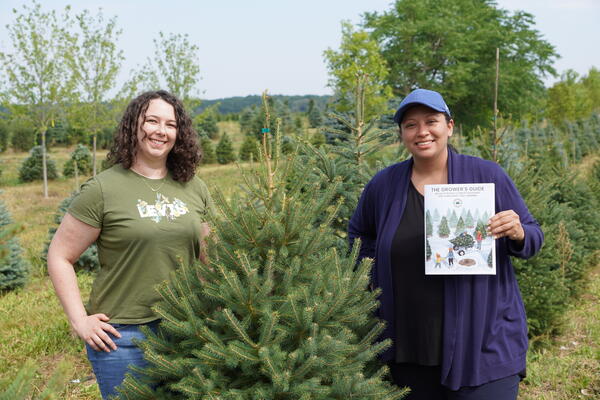 Richard Kelly doesn’t mind digging himself into a hole. It’s what he does for a living.
Richard Kelly doesn’t mind digging himself into a hole. It’s what he does for a living.
Kelly is one of many researchers at the University of Waterloo closely studying how climate change will reshape civilization.
A professor of geography and environmental management, he reads layers of accumulated snow — fresh and old — like the pages of a book. Interpreting the story draws Waterloo researchers to cold corners of the Earth to dig and study.
“One of the best places to be is after you’ve dug a two-metre snow pit and you’re sitting there having a cup of tea before you do the analysis on how the snow pit structure looks,” Kelly says. “If it’s not too cold, that can be fantastic.”
Images captured by satellites also help, and advances in radar technology promise better assessments of the depth and mass of a snowpack.
Why bother? Blessed by skiers and cursed by motorists, snow should be respected as a valuable resource in the new world of climate change, and tracked with methods Waterloo researchers are working to improve.
An accurate telling of the snow story could:
- Improve flood forecasting, so that governments can move or protect people well before the melt begins in spring. A reduction in damage would mean fewer insurance claims, which should mean stable or lower insurance rates.
- Help municipalities plan road-clearing strategies — and the budgets tied to them.
- Lead to better flow regulation on rivers controlled by dams. In a drier climate, people will put more pressure on rivers to provide water for drinking and irrigation.

 Richard Kelly doesn’t mind digging himself into a hole. It’s what he does for a living.
Richard Kelly doesn’t mind digging himself into a hole. It’s what he does for a living.






